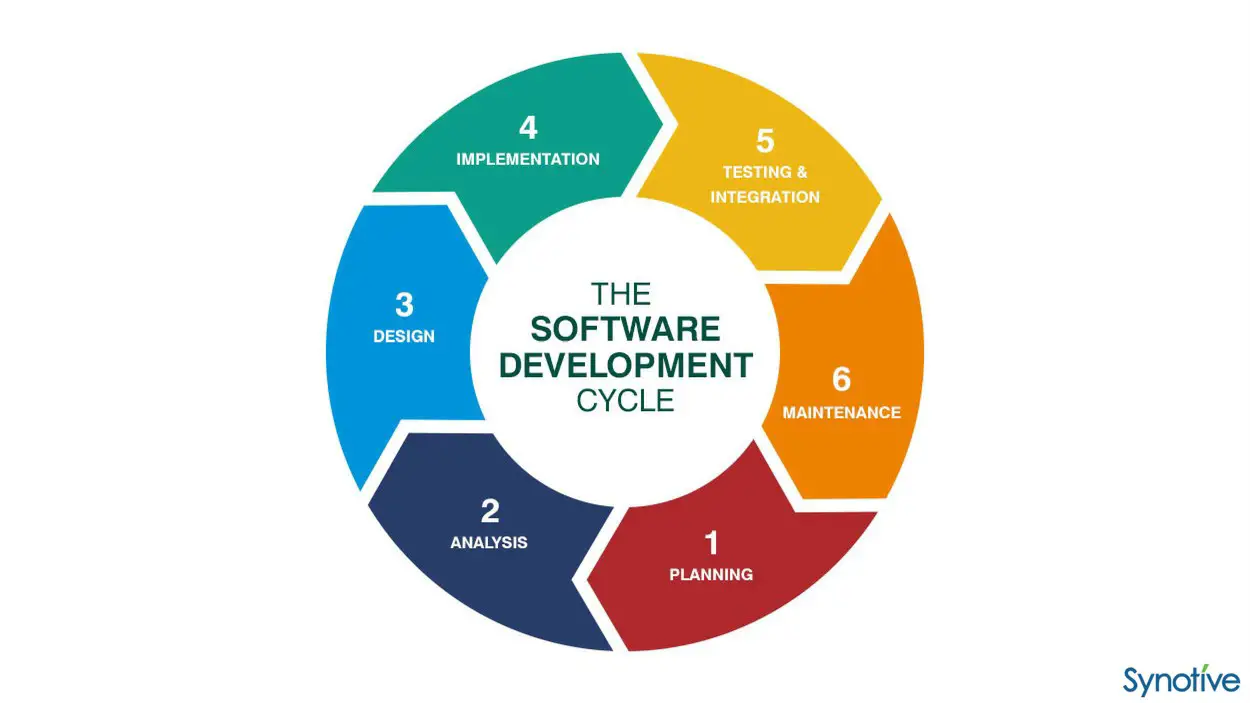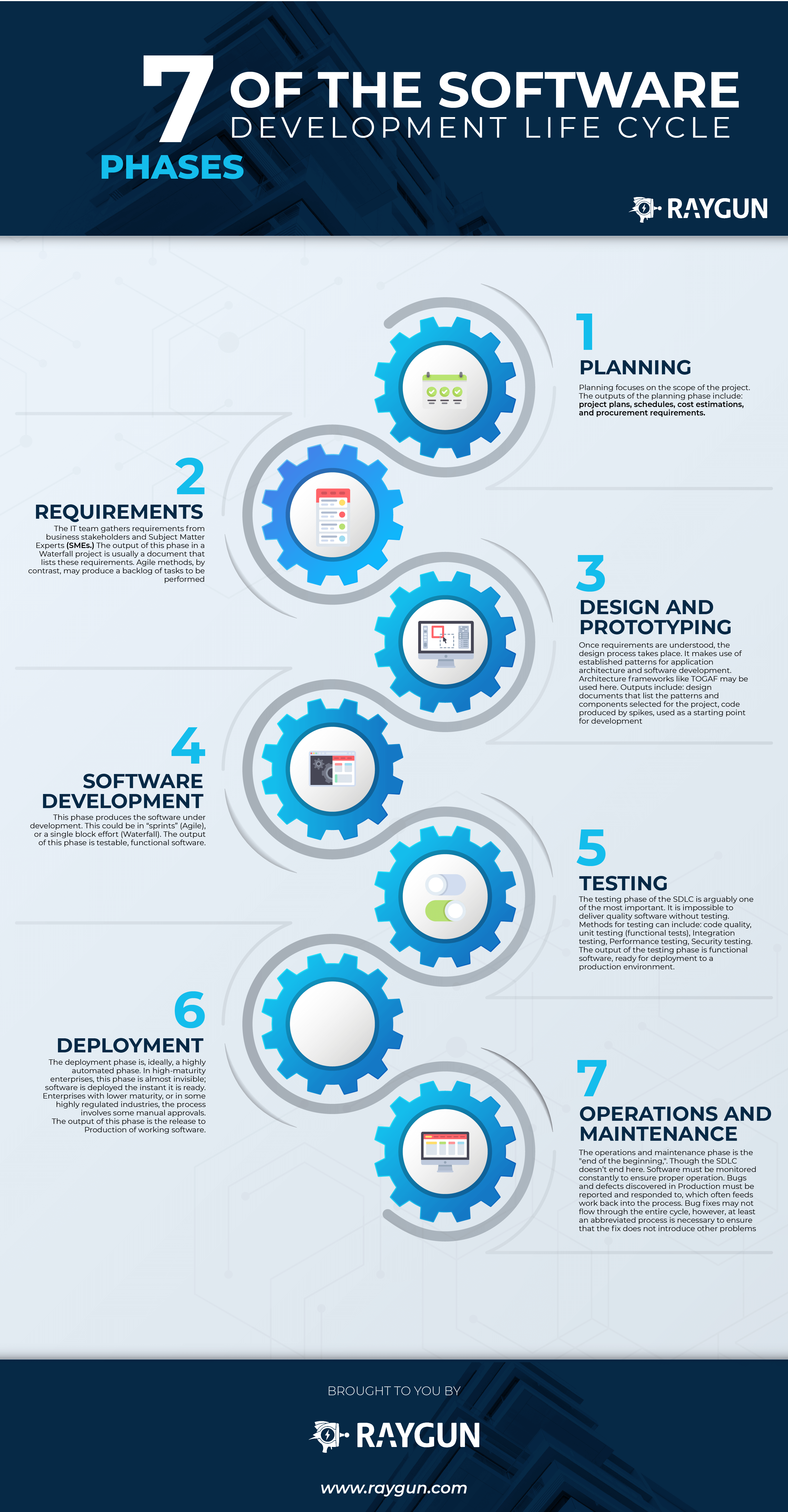Software Development Life Cycle (SDLC) Slip-ups: Phases Where Things Go Wrong

Executive Summary

The Software Development Life Cycle (SDLC) is a framework for developing software systems. It consists of several phases, each with its own goals and activities. However, things can go wrong in any phase of the SDLC, leading to project delays, cost overruns, and even system failures.

Introduction
The SDLC is a complex process, and there are many potential pitfalls that can cause projects to go awry. In this article, we will discuss some of the most common SDLC slip-ups and offer tips on how to avoid them.
FAQs
- What are the most common SDLC slip-ups?
- How can I avoid SDLC slip-ups?
- What are the consequences of SDLC slip-ups?
Top 5 Subtopics
1. Requirements Gathering
The requirements gathering phase is the foundation of the SDLC. It is where the project team determines what the system will do and how it will meet the needs of the stakeholders.
-
Common slip-ups:
- Failing to fully understand the stakeholders’ needs
- Not documenting requirements thoroughly
- Making assumptions about what the system should do
-
Tips for avoiding slip-ups:
- Conduct thorough stakeholder interviews
- Use use cases and other requirements gathering techniques
- Document requirements in a clear and concise manner
2. Design
The design phase is where the system architecture is created. It is important to get the design right, as it will have a major impact on the system’s performance and maintainability.
-
Common slip-ups:
- Failing to create a scalable design
- Not considering the system’s security requirements
- Making changes to the design late in the development cycle
-
Tips for avoiding slip-ups:
- Use a structured design methodology
- Consider the system’s scalability and security requirements
- Avoid making late changes to the design
3. Development
The development phase is where the system is actually built. It is a complex and time-consuming process that can be fraught with challenges.
-
Common slip-ups:
- Not following coding standards
- Not testing the code thoroughly
- Not documenting the code
-
Tips for avoiding slip-ups:
- Establish and follow coding standards
- Test the code thoroughly and regularly
- Document the code in a clear and concise manner
4. Testing
The testing phase is where the system is thoroughly tested to ensure that it meets the requirements. It is important to test the system rigorously, as defects that are not found during testing can lead to system failures.
-
Common slip-ups:
- Not testing the system thoroughly
- Not testing the system under realistic conditions
- Not involving the stakeholders in testing
-
Tips for avoiding slip-ups:
- Develop a comprehensive test plan
- Test the system under a variety of conditions
- Involve the stakeholders in testing
5. Deployment
The deployment phase is where the system is put into production. It is important to plan the deployment carefully to avoid any disruptions to the organization.
-
Common slip-ups:
- Not planning the deployment carefully
- Not testing the system in the production environment
- Not training the users on the system
-
Tips for avoiding slip-ups:
- Develop a comprehensive deployment plan
- Test the system in the production environment
- Train the users on the system
Conclusion
The SDLC is a complex process, but it is essential for developing high-quality software systems. By following the tips outlined in this article, you can help to avoid common SDLC slip-ups and ensure that your projects are successful.
Relevant Keyword Tags
- Software Development Life Cycle
- SDLC
- SDLC slip-ups
- Software development
- Project management
